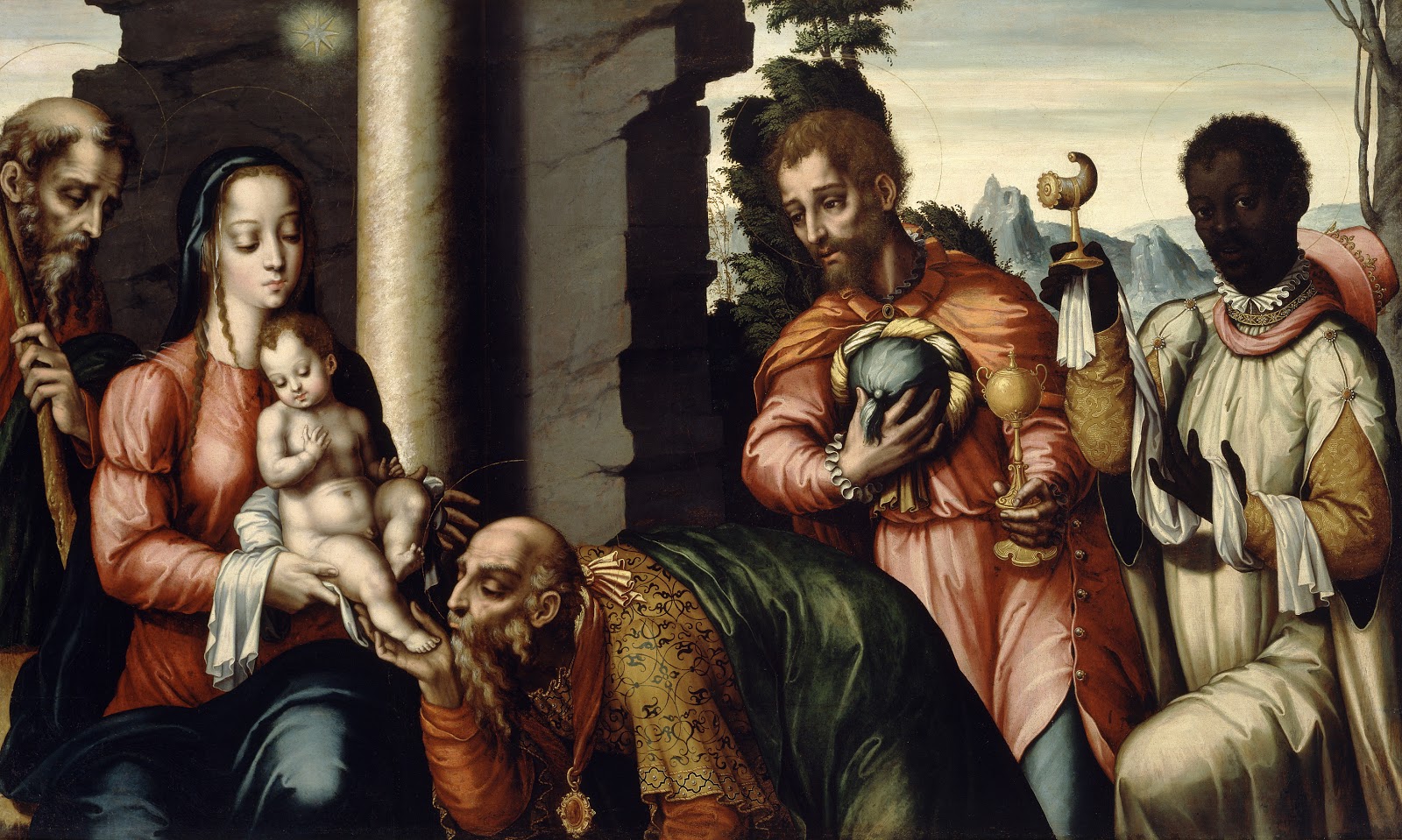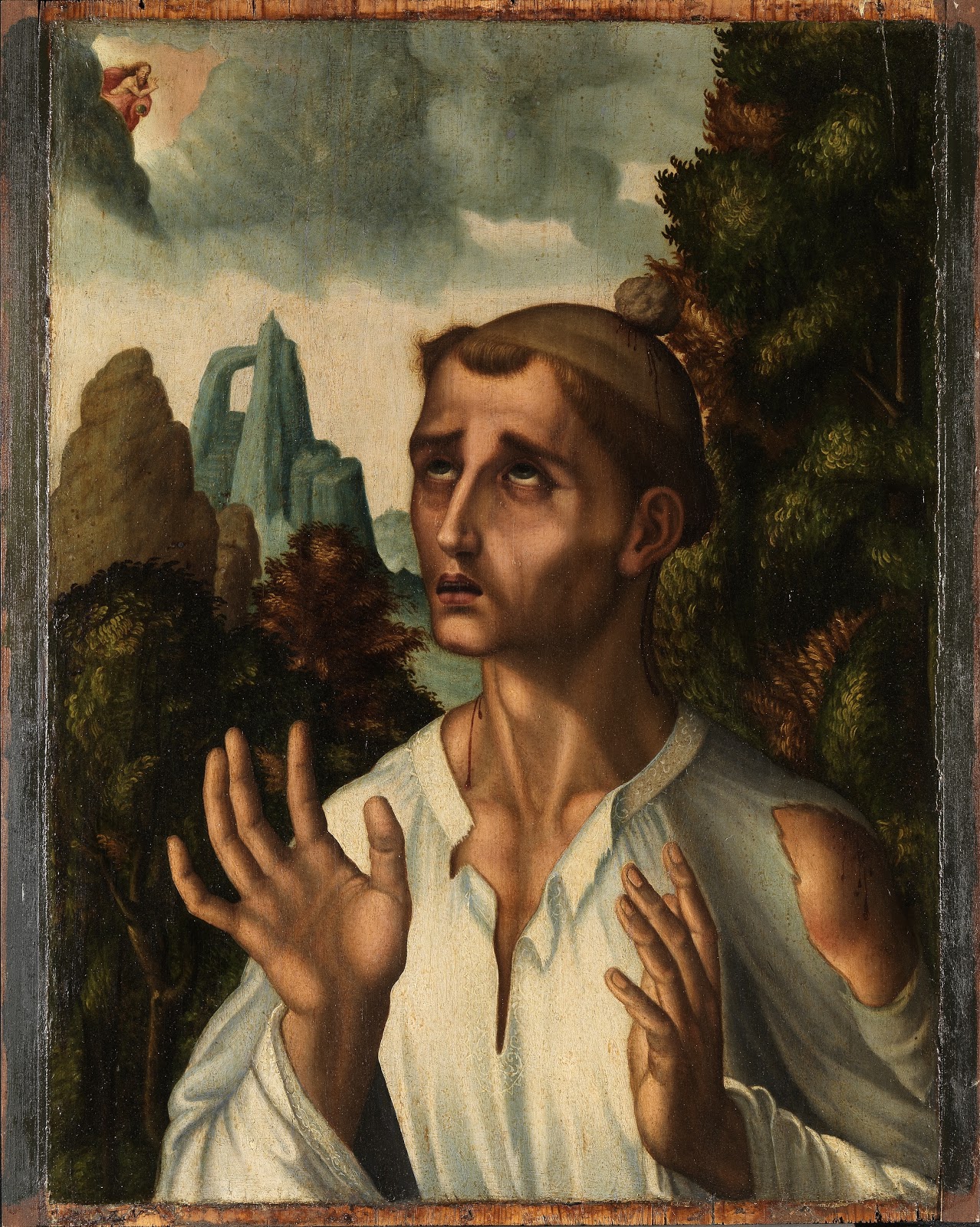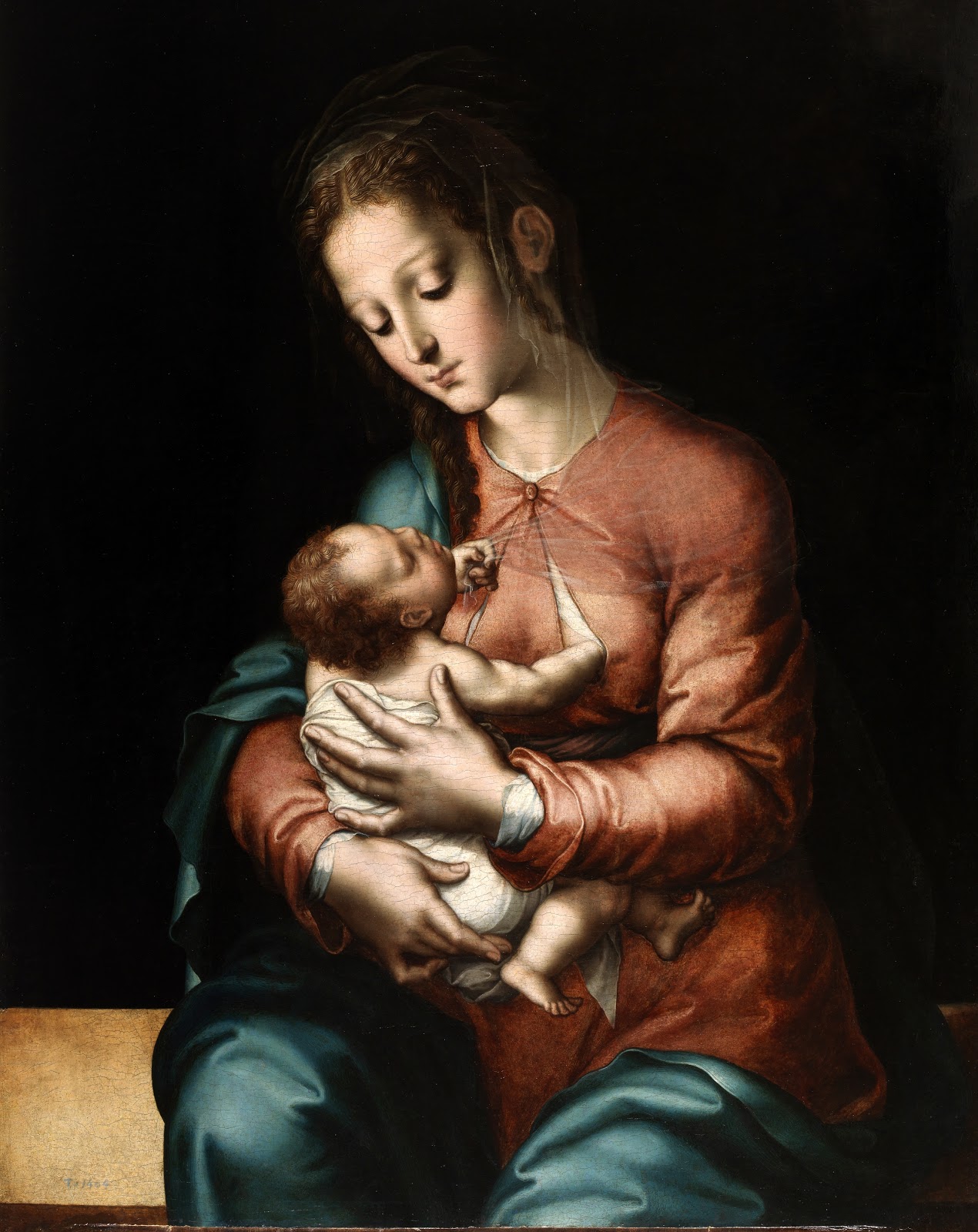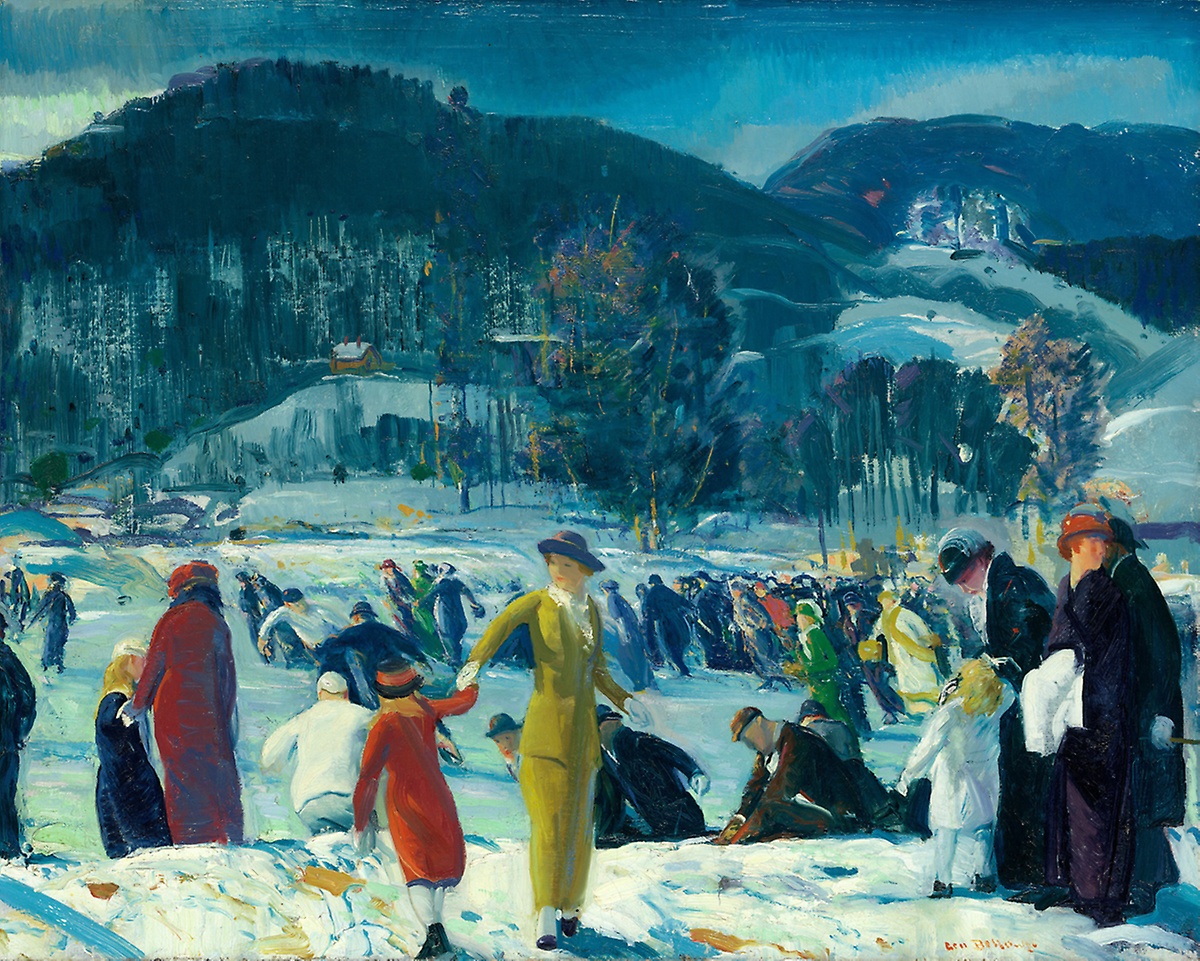Luis de Morales, byname El Divino (
Spanish: “The Divine”), (
born c. 1509, Badajoz, Spain - died May 9, 1586, Badajoz), painter who was the first
Spanish artist🎨 of pronounced national character, considered to be the greatest native
Mannerist painter🎨 of Spain.
He is remembered for his emotional religious paintings, which earned him his sobriquet and greatly appealed to the Spanish populace.
Morales may have studied with the
Flemish painter🎨 Hernando Sturmio in Badajoz or with Pedro de Campaña in Seville.
He worked in Badajoz from 1546, leaving on occasional commissions but making his home there all his life. Summoned by Philip II of Spain to help in the decoration of El Escorial, he painted a Christ Carrying the Cross that did not please the king and was removed to the Church of San Jerónimo, Madrid.
Morales always worked on panels, often depicting subjects related to the Passion of Christ, such as Ecce Homo and Pietà (1560-70), and the Virgin and Child.
Perhaps the best known of these panels are 20 on the Life of Christ, painted for the Church of Arroyo del Puerco (1563-68).
All of his paintings are marked by detailed execution and anguished asceticism.
His work shows Flemish influences as well as some of the technical characteristics of Lombard Leonardesque painters; this has led scholars to believe that he might have traveled to Italy.
He remains an artist remarkably representative of his period and nation. | © Encyclopædia Britannica, Inc.
Luis de Morales (
Badajoz, 1509 - Badajoz, 9 maggio 1586) è stato un
pittore Spagnolo🎨.
A causa della fama avuta in vita dovuta alla sua predilezione per tempi religiosi, venne soprannominato «El divino Morales».
La sua attività artistica si svolse principalmente in Estremadura, sebbene le sue opere furono oggetto di ammirazione in tutta la penisola.
Nelle sue opere si nota un allargamento delle figure, oltre all'uso della tecnica dello sfumato leonardesco, il che farebbe pensare ad una certa influenza delle scuole pittoriche straniere. Ciò nonostante, il suo particolare stile di rappresentazione è facilmente identificabile.
Sebbene lo storico e pittore Antonio Palomino collochi la nascita di Morales all'inizio del secolo, la data più probabile è senza dubbio più tarda, intorno al 1520, come afferma la maggioranza degli studiosi.
Il critico d'arte spagnolo Juan Antonio Gaya Nuño ha invece reso improbabile un'altra ipotesi, sostenuta da Palomino, che situa la data di nascita dell'artista tra il 1509- 1510, a causa delle difficoltà cronologiche legate alla prima parte della sua vita.
Per questo altri storici ritardarono la data; per esempio, August L. Mayer la collocò nel primo quarto del XVI secolo, senza fornire altri dettagli.
Elizabeth du Gué Trapier la situò «probabilmente nella prima metà del secolo», mentre il tedesco Werner Goldschmidt posticipò la data della sua nascita al 1543, attualmente ritenuta impossibile, dato che il figlio dell'artista nacque sei anni dopo.
Secondo Gaya Nuño, Morales nacque intorno al 1520, e al tempo del suo matrimonio aveva trent'anni. Questa ipotesi confermerebbe dunque che l'età del pittore era sulla sessantina quando Filippo II passò da Badajoz, desidoroso di conoscerlo.
Altrettanto incerte sono le vicende relative alla sua formazione. Seguendo lo studio di Gaya Nuño, è possibile dividere in tre tappe la sua formazione: una prima a Siviglia, una in Italia e un'altra in Portogallo.
A Siviglia, Morales imparò le prime nozioni d'arte dal già affermato maestro Pedro de Campaña.
Non è comunque da scartare l'ipotesi di una formazione a contatto con altri maestri, città e botteghe, allora particolarmente fiorenti nella città spagnola, capitale bassa dell'Estremadura. | © Wikipedia







































